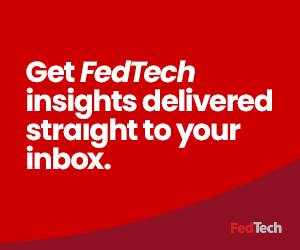Improving Operational Efficiency From Top to Bottom With CPaaS
Customers expect on-premises platforms to offer the same convenience and features that CPaaS provides when communicating with agencies via video or app. CPaaS also more easily provides emergency alerts, community notifications, and bill and renewal reminders — requiring fewer staff to manage operations.
Adding to agencies’ costs are efforts to maintain communication with citizens, such as those that interface with deaf and visually impaired people or those who lack English proficiency.
“CPaaS can be tailored to preferences and needs, which helps improve constituent satisfaction,” says Mike Stowe, senior director of developer product marketing for RingCentral. “It does this at a lower cost than many legacy systems, and when combined with AI, it allows people to get help outside of office hours — 24/7.”
The service automates programmable, everyday interactions, such as appointment reminders and alerts, directly into workflows. This reduces the number of inbound calls and frees staff for more critical interactions.














